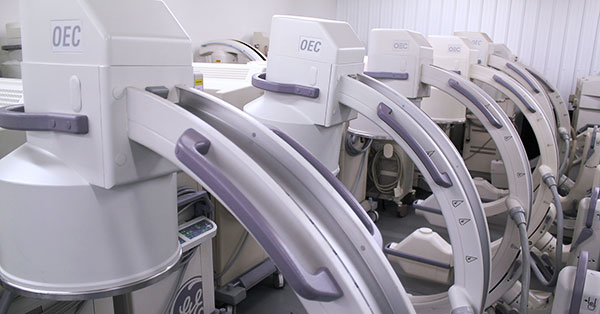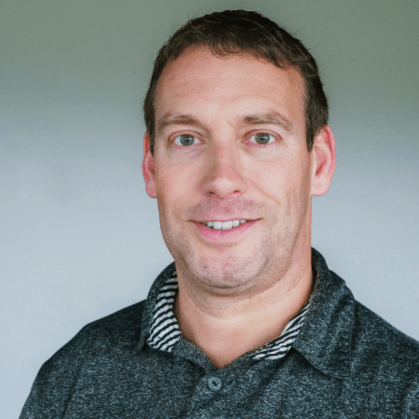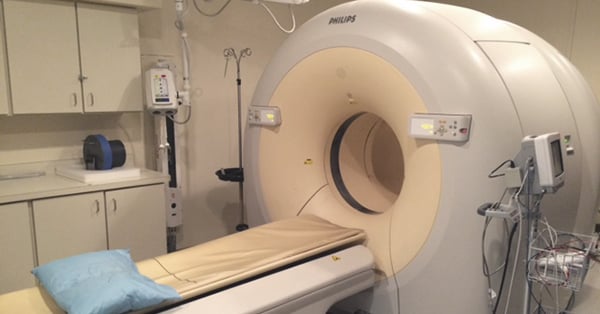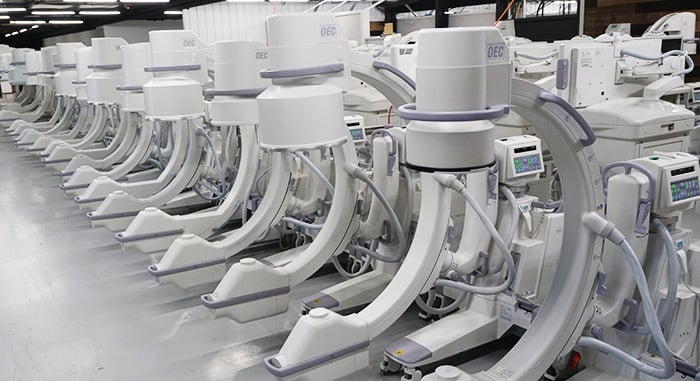
Recently, a facility whose C-arm project I was managing requested “additional training”. As the conversation continued, it became clear that they weren't certain of what kind of training they really wanted. This was not the first time I've had this conversation, and I doubt it will be the last.
If you're reading this article, you are probably wondering about the training your team needs right now. Our suggestion: start by asking yourself and your team a few questions about your goals. The following are a few we've found helpful.
What are you looking for in C-arm training?
Basic Demo
Is your team experienced with C-arm use, but changing make or model? We suggest a basic demonstration of use from a field engineer.
For a team that is already familiar with C-arms on a clinical level, a simple demonstration of use from the engineer delivering and setting up the system is often enough familiarize them. A demo like this is commonly offered at the time of installation at no additional costs. It includes a basic functionality overview, familiarizes users with feature navigation, and gives team members a chance to bring forward any questions they have about the incoming equipment.
RT Visit
Do your team members need an introduction or a refresher on clinical use? We suggest clinical use training from a radiologic technician (RT).
An RT can provide clinical use training regarding clinical exams and some patient positioning, and can be scheduled to answer questions for a day or two after the system arrives.
Formal Applications Training
Does your team need formal training that counts as CE credit hours? We suggest formal applications training.
Meeting this goal requires full, professionally-administered applications training. It is normally scheduled within a day or two of the field engineer's delivery and set up of the system. The applications trainer will work with you and your staff to set protocols, set up clinical exams, explain patient positioning, and be available throughout the day(s) for questions. Formal courses often include continuing education credit hours for participants.
The Takeaway
It's important to invest in the kind of C-arm training your team needs. Proper training gives them confidence and familiarity with the equipment, improves efficiency, and offers a better experience for patients. On the other hand, there's no need to invest in telling your team what they already know.
Before your C-arm arrives, we suggest you pause to ask yourself what your goals are and to assess what experience and knowledge your team already has. If you need more information to ensure you're choosing the best level of training for you, our team is ready to help.

Micah Plimpton
Micah Plimpton is the Director of Technical Excellence at Block Imaging. He considers it a privilege to guide, connect, and serve medical and logistics professionals for hassle-free imaging projects. Out of the office, Micah enjoys hiking, mountain biking, and spending time outdoors with his wife and children.






